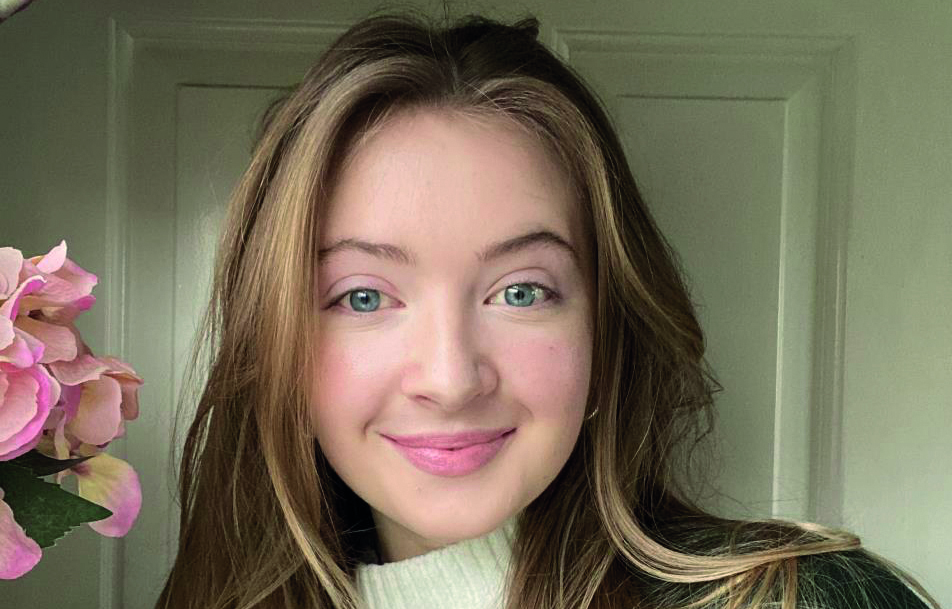Trainee sustainability engineer Amy Webb says the future is green
by Amy Webb, Trainee Sustainable Engineer at building services design consultancy Whitecode Design Associates
I always knew I wanted to work in sustainability. My appreciation for the environment is in some part a result of the generation I belong to; we are known as being an environmentally-conscious bunch where many of us – rather infamously – have adopted vegan lifestyles to be as kind to the outside world as possible.
When thinking about which career path complemented my interest in sustainability, no other option could rival the built environment. But what else drew me to pursue this avenue, and how is Whitecode enabling me to follow and reach my dreams?
I started at Whitecode a couple of years ago in the summer of 2018 just after I’d finished my A-level exams. I was itching to hit the ground running after hearing all manner of exciting engineering stories from my grandad throughout my life.
Around a month later I began my Building Services Engineering degree at London South Bank University on a part-time basis, which Whitecode is supporting me with, and since then I’ve been at the company four days a week, with one day at university.
My training at Whitecode has always run in parallel with my studies. I am learning how to perform overheating analysis, using the IES virtual environment tool which simulates a building in order to see where overheating can be prevented. You may have to redesign windows or rearrange the layout to create the best indoor environment for occupants.
Furthermore, thanks to Whitecode I’m nearly a qualified SAP assessor which means I’ll be able to get involved in producing EPCs for houses. This assessment looks at the environmental and energy performance of a dwelling in its entirety. After making the mandatory calculations, an energy rating is produced to see whether the building complies or if more work needs to be done.
The future is sustainability
At the moment I am in my third year where we are spending a lot of time on sustainability, to my joy.
In my opinion there are so many ways that you can make a building better. As there is so much attention on sustainability you could say it’s reached its zeitgeist status. For that reason, there’s been no better time to pursue a career in the built environment. I’ll definitely savour the moment when I’m finally a graduate who is fortunately already working in the discipline I want to be in!
Working in sustainability means you really have to keep on the pulse of things. Since school I’ve been very interested in researching how construction materials can be more carbon-friendly, particularly in terms of production. Although the change is happening, we should be thinking about the environment even more from all aspects of the industry, whether it be design, manufacturing, production or distribution. With global warming it simply has to be more of a priority.
To make this a reality for the industry we need to change our perception of sustainability. So many companies are under the impression that sustainability starts and ends with solar panels, when in fact the journey doesn’t stop there.
One of the things I’d like to see more of is creating buildings that can utilise the surrounding environment. Look at where and how a building may be created. If you’re in Scotland, which typically has inclement weather and greater space, it might be preferable to use wind turbines as opposed to PV panels, for instance. Sunnier areas with smaller perimeters will probably benefit more from solar panelling. Heat pumps are another area which are growing in popularity and making for more sustainable buildings. It is welcome news to see the UK government offering a range of grants for homeowners looking to adopt this new technology.
Material selection should also be a process that is more environmentally conscious and efficient. Looking at where your materials come from, how they're manufactured and life expectancy is a starting point and will create a greater sense of awareness.
All in all, sustainability has to be more than just a token or part of a compliance; we have to care about it. We have to start thinking about the environments in which we are building. It will be quite an interesting thing to see whether companies change their approach.
Moving with the times is very important. It’s a dynamic time to be working in sustainability right now and I am excited to see the direction it takes. There is so much possibility and new things we can offer our clients in years to come – the future of the built environment is most certainly green.

